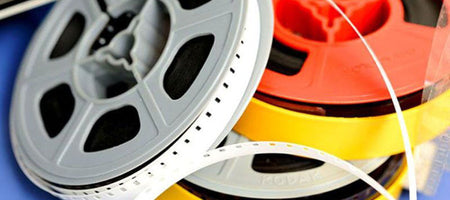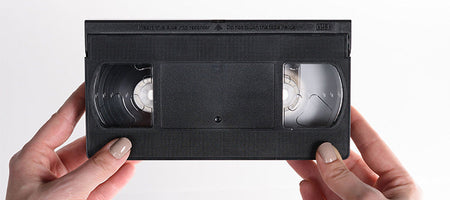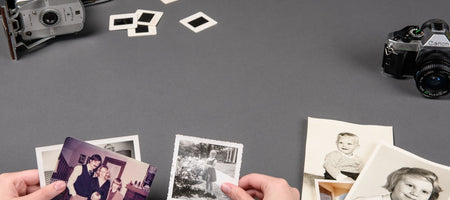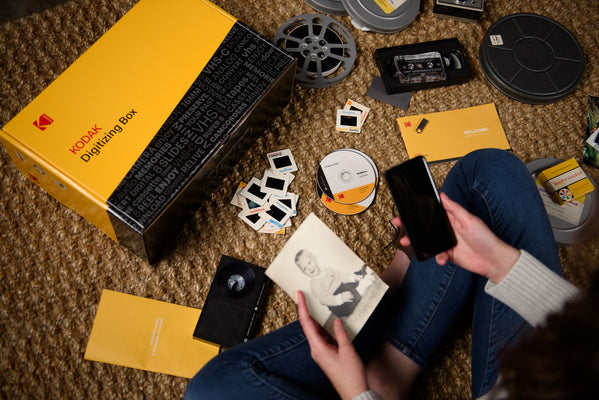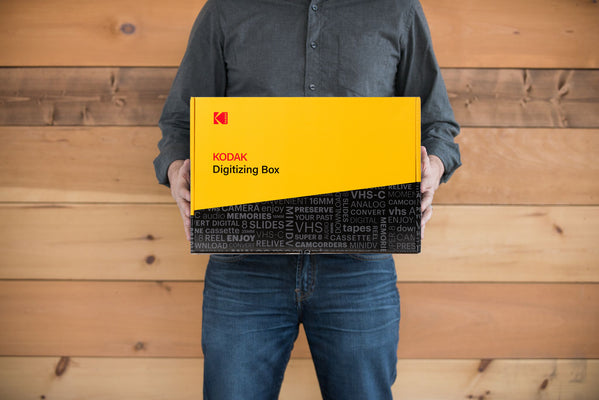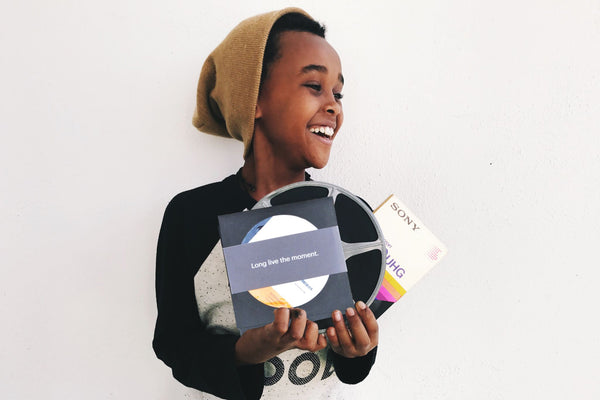If you’ve decided to scan your photos, you’re probably up to your eyes in photo file types. PNG, JPEG, and TIFF are the common file types for photos, but how do you know which file type is going to give you the best scan?
We’ll give you the tech specs:
- The Graphics Interchange Format, or GIF, was developed by a computer scientist in 1987, but the advent of the internet made a more efficient file transfer an absolute necessity. Now, you probably know the GIF as the active images you can send through text messages or social media, but in its original form, it was the best photo file type available.
- The JPEG, designed in 1992 by the Joint Photographic Experts Group, allowed images to be compressed in a “lossless” format, meaning you could reduce the labor of transferring your photos, without losing image quality. This is still one of the most common file types for photos. Remember back when dial up internet was the hottest in computer tech? JPEGS and dial up were the best of friends.
- PNG is an acronym for Portable Network Graphic, crafted in 1996. It was specially designed for transfer through the internet. The great thing about the PNG is that it allows even further compression of the image file, without causing a loss in resolution or image quality. PNGs transfer even more efficiently than JPEGs and have now become the default format on most computers.
- Finally, you’ve got the TIFF, the Tagged Image File Format. This is the pinnacle of photo file formats to date. The TIFF combines the compression power of its predecessors with its image layering and vivid colors. For scanning photos, the TIFF is likely your best bet. The TIFF is Adobe’s attempt to form an agreement on image files across all platforms, so it’s truly the latest and greatest in terms of file scanning and transfer. This will give you the best image and the best shareability for your friends and family members. No dial up internet required; this will give you the freedom to scan away and transfer to loved ones.
If you’ve decided to scan your photos, you have plenty of options. Don’t be afraid to experiment with formats and find the best file for your photo type. If you’d like to save yourself the hassle, the expert technicians at KODAK Digitizing Box know exactly how to bring those prints to life in digital format. KODAK Digitizing Box has the state of the art technology to ensure the best quality image, so you can easily pack up your prints and let our team send you a thumb drive, CD, or Digital Download, along with your original prints. No muss, no fuss, and a great digitized product.

